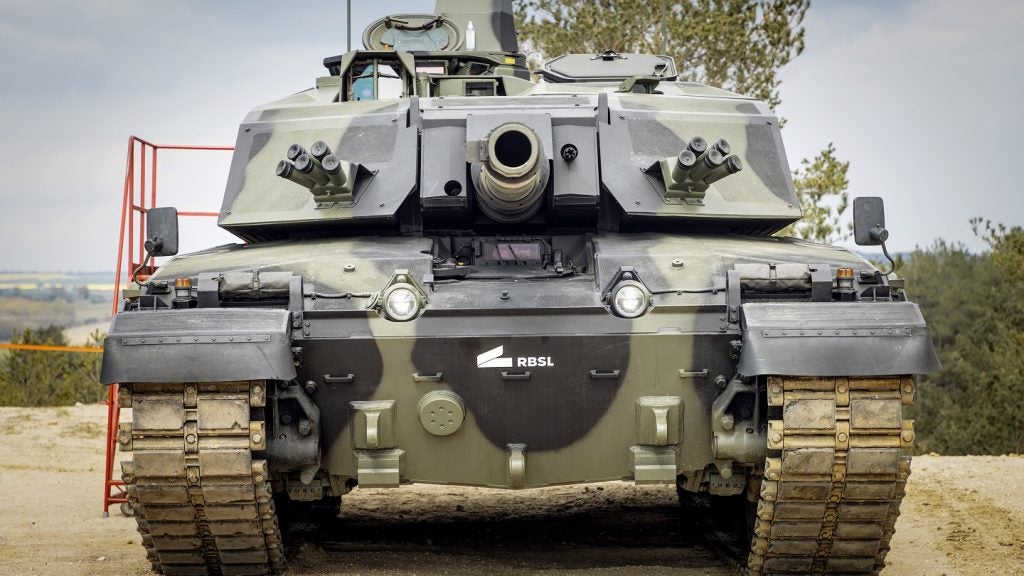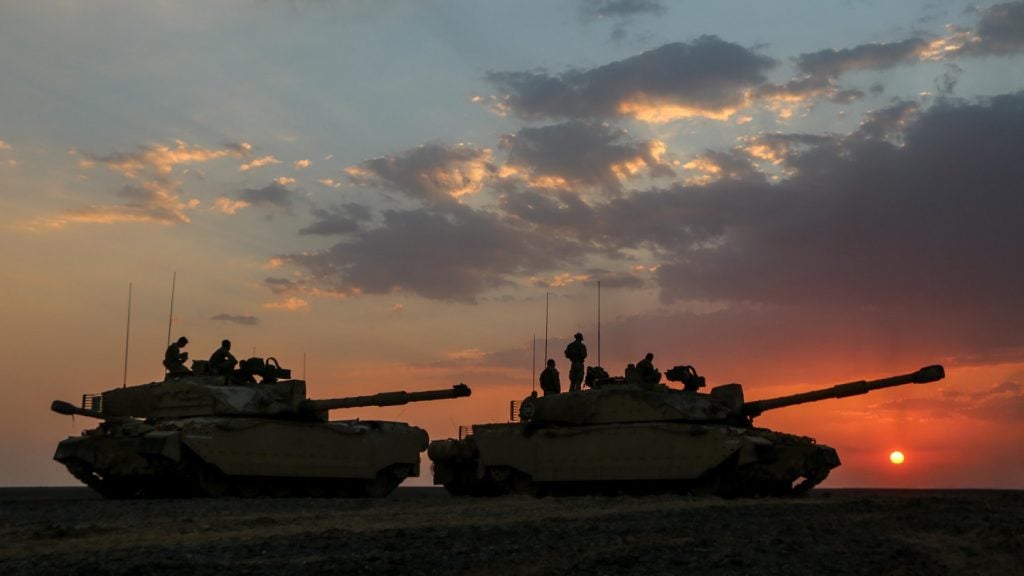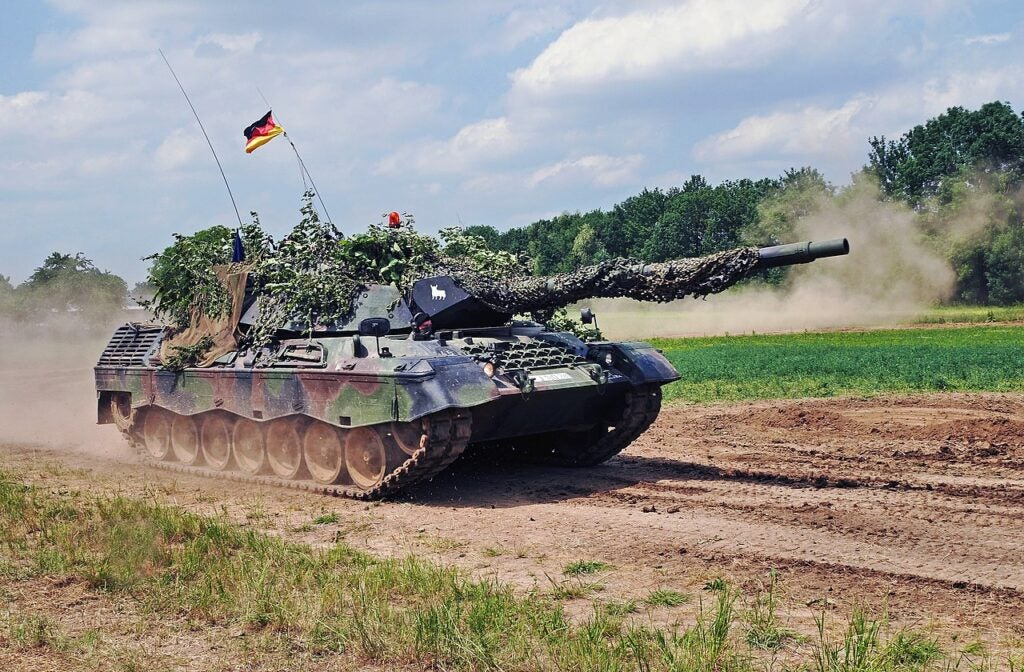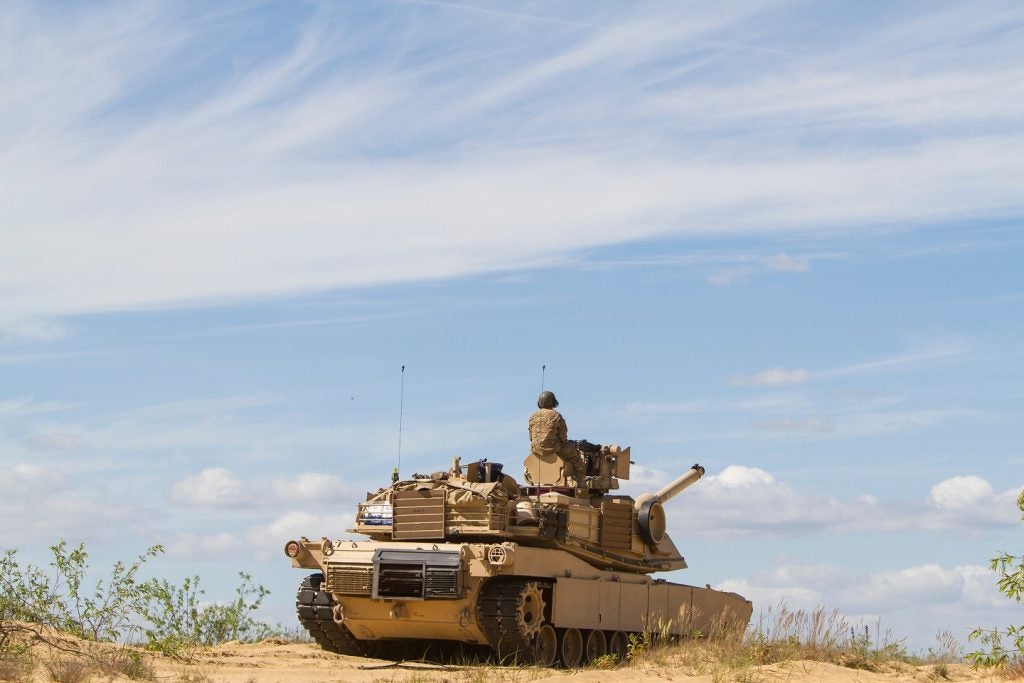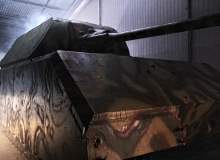

For the major preservers of historic military vehicles around the world, such as the Tank Museum in Bovington, UK and Moscow’s Kubinka Tank Museum, support for vehicle maintenance and restoration projects has been coming from some unusual sources. One such source is Wargaming, a global videogame developer and publisher founded in 1998, which runs a trio of popular online multiplayer games – World of Tanks, World of Warplanes and World of Warships – revolving around painstakingly recreated early to mid-20th century military vehicles of air, land and sea.
As well as entertaining millions of players the world over, Wargaming has also taken on the mantle of promoting military museums and other centres of knowledge for 20th century warfare. It was Wargaming’s dedication to history, both within the games and outside, that attracted Richard Cutland, a 30-year veteran of the British Army’s Royal Tank Regiment with experience driving the Chieftain, Challenger I and Challenger II tanks amongst others, to join Wargaming as its European military specialist in 2012.
"When I met the CEO Victor [Kislyi], his stance on history was fantastic, and the company has always maintained this close relationship with the past," says Cutland. "Historical preservation and the desire to bring history back to life was always Victor’s aim. We’re constantly working with museums throughout Europe – the list is endless – to see how we can help.
"We run community events – so we’ll contact the museum, take a large group of players and pay their entrance free – because some of these museums struggle. In fact, most museums struggle financially for many reasons. Obviously a huge majority are charity-driven anyway, so the community events really raise massive profile; our player base is huge and our marketing prowess is really good, so just from a promotional point of view we can help there."
See Also:
The new armoured vehicles – called the Scout SV – will be the "eyes and ears" of the British Army.
How well do you really know your competitors?
Access the most comprehensive Company Profiles on the market, powered by GlobalData. Save hours of research. Gain competitive edge.

Thank you!
Your download email will arrive shortly
Not ready to buy yet? Download a free sample
We are confident about the unique quality of our Company Profiles. However, we want you to make the most beneficial decision for your business, so we offer a free sample that you can download by submitting the below form
By GlobalDataRescued relics
On top of Cutland’s experience with modern-era tanks during his time with the Royal Tank Regiment, his new role at Wargaming has afforded him the opportunity to get hands-on driving time with some iconic vehicles of the past. "Throughout this job I’ve been really fortunate and I’ve driven some incredibly old and classic vehicles," he says. "I’ve been fortunate enough to be allowed to drive Tiger I, as well as the T-72 and AMX-13."
In keeping with Wargaming’s stance on the value of experiencing historic military vehicles in running order, the company has shifted into a more proactive role by supporting and participating in the rescue and restoration of some incredibly rare and influential military vehicles. Previously announced projects include support for the restoration of a Soviet T-34/76 medium tank in Belarus and a plan in Voronezh, Russia to lift and rebuild a KV-1 heavy tank, which proved so resilient against Nazi Germany’s Panzer tanks in the early stages of its invasion of Russia.
It’s not only tanks that are attracting Wargaming’s attention. The company threw its weight behind the dramatic recovery in summer 2013 of a German Dornier Do 17 light bomber, possibly the only remaining example of its kind, from its final resting place off the coast of Kent, where it was shot down by the Royal Air Force (RAF) more than 70 years earlier during the Battle of Britain. The plane is now being treated with citric acid and meticulously cleaned at the RAF Museum in Cosford, which also hosts the Wargaming.net Dornier 17 Interpretation Zone to educate the public about the vehicle and its role in the Battle of Britain.
"It was an incredibly important part of history," says Cutland. "So to be able to get that from its watery grave all the way back to the museum and then follow this process of them painstakingly cleaning every single part of it, and removing silt and all the rest of it, was an incredibly rewarding experience."

Panzer VIII Maus: bringing a legend back to life
Perhaps the tallest order of all is the company’s recently-announced support for the restoration of the legendary Panzer VIII Maus super-heavy tank, designed by Ferdinand Porsche and built in Germany in the violent final throes of the Second World War. The gargantuan 188-tonne vehicle, which Cutland describes as "a mobile fort rather than a tank", was never put into full production. Only two prototypes were produced before Soviet forces captured the Kummersdorf testing grounds on their way to Berlin, and there is no proof that the Maus was ever actually deployed. The one surviving tank was taken to Russia as a trophy and it rests to this day at the Kubinka Tank Museum.
"Apparently Hitler wanted 150 to be made," says Cutland of the tank’s intended role in the German war effort. "According to Porsche himself, Hitler’s aim was for the Maus to plug the holes in the Atlantic coastal lines on the Western Front. Would it have been effective? I guess if the numbers that Hitler wanted had ever been produced, then it would have certainly had an impact. With the plan to get it around the coast, it would have been a strategic strongpoint. But in essence, it was so slow and so cumbersome that it would have made the biggest target in the world. So it’s a bit hard to speculate. You have to appreciate it from the design perspective, anyway. It’s almost become this mythical tank."
Bringing this titanic weapon system back to a working state is a suitably epic task, fraught with uncertainty. At nearly 200 tonnes, the vehicle’s sheer size will prove troublesome, but undoubtedly the most significant challenge is the almost total lack of official blueprints and documents for the vehicle.
"We’re under no misconception that this is without a doubt the single most complicated task that any [tank] renovation project has ever faced," says Cutland. "I was in Kubinka about three weeks ago, and [the Maus] is basically a shell. There is nothing left of it at all. There are very few plans, very few blueprints; a lot of the work is going to have to be done just off photos. So just that, without thinking about design, costs, man-hours and all the rest of it, is going to be one of the biggest problems."
The lineage of tank development
Clearly the Maus restoration is a project that will require a steadfast, multi-year commitment. All this effort is in service of education and the ability to visualise the impressive lineage of tank development, from the technological crucible of the First World War, the conflict that introduced tanks to the battlefields of Europe, to the sophisticated vehicles of today.
"The introduction of tanks to the battlefield meant there were lots of lessons learned, mainly concerning mobility, protection, firepower, command and control, and obviously the original Mark I taught that tanks needed to be faster, and those were all lessons learned – increasing the shock effect, limiting the number of hostile shots and so on," Cutland says. "The armour was important, but of course even nowadays the armour is already at the trade-off of the weight, so increasing the armour decreases the speed. So there’s always this trade-off between weight and speed."
Innovation in armoured vehicles is taking place under the bonnet as much as elsewhere.
The Second World War, meanwhile, was a truly global conflict where tanks had to prove their flexibility as well as their power on diverse battlefields, as Cutland explains. "There were different campaigns, from the Germans’ Blitzkrieg to the Americans’ island-hopping campaign. So the tank had to be versatile. The firepower and range became more important during World War II; with the Germans introducing the notorious 88 [88mm anti-tank gun], the Allies had to have something to counter that. All of these sorts of things had to be calculated in the vehicles’ design, so it’s a constant evolutionary process."
Of course, the face of war has changed almost beyond recognition since the world ripped itself to pieces in the 1940s, and modern tanks and other heavy-duty vehicles have adapted in response to the challenges of asymmetric warfare. "Nowadays we have integrated fire control systems with ballistic calculation through the computers. Of course, it’s also amazing that some things haven’t changed at all – they’re still pretty damn uncomfortable."

Future projects: repair and restoration
Looking to the future, Wargaming plans to continue its robust support for military museums and restoration projects around the world. The company has just launched a permanent fundraising partnership with Bovington’s Tank Museum to help with the considerable cost of maintaining its collection of working tanks.
"They’ve got very much the same feeling as us that history should be something we strive to experience, not just passively contemplate," says Cutland. "Bovington’s got a large, mobile fleet, and to keep that on the road for things like Tankfest is quite scarily expensive. We are going to run a series of specials; what that means is there will be a premium package available on the game, with the proceeds going to help Bovington restore their current fleet of operational vehicles. Their Comet [tank] is in dire need of a mechanical overhaul. There’s the M4 Sherman as well, an incredibly well-known vehicle that’s really popular. That needs its tracks replaced amongst other repairs before it can get roadworthy again."
As for restoration works, such is Wargaming’s reputation for supporting these projects that the company now finds itself inundated with requests. Cutland remains tight-lipped when pressed for specifics, but having already supported the restoration of ground and air-based vehicles, it wouldn’t be surprising to see a warship renovation project on the horizon. In any case, it’s heartening to see a private company like Wargaming taking a leading role in preserving the military vehicles that played such a vital role in humanity’s defining conflicts. There’s a certain poetry about a game developer that recreates historic war machines in the virtual world playing its part to bring them back to life in reality. If nothing else, these reclaimed relics should serve as a thunderous reminder that the mistakes that necessitated their creation can never be repeated.


.gif)

